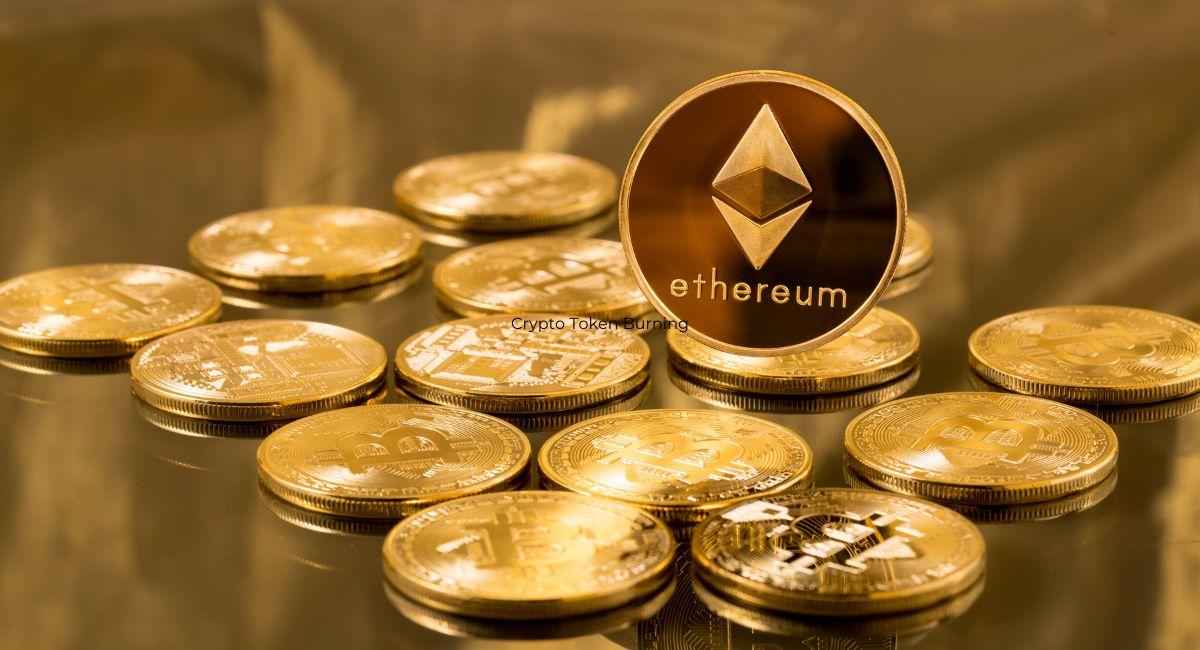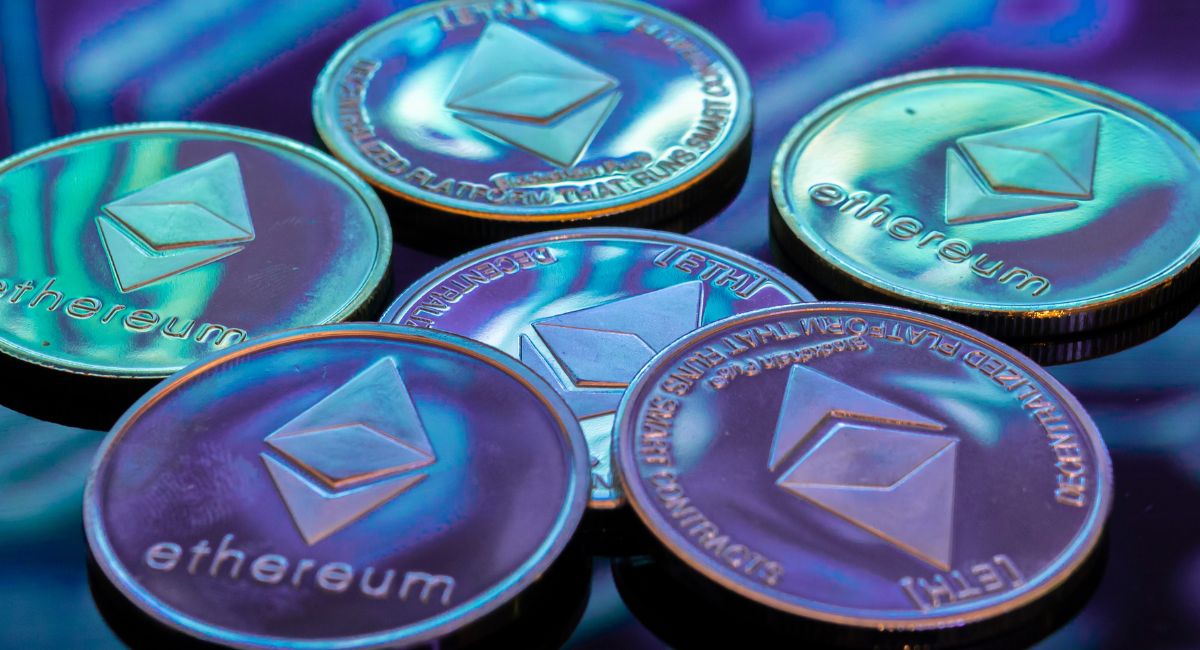Top 10 Unique Ways Ethereum NFT Collection Different From Rest Of The NFTs

Ethereum NFTs, or Non-Fungible Tokens, represent a groundbreaking innovation within the blockchain space, particularly within the Ethereum ecosystem. Unlike cryptocurrencies such as Bitcoin or Ethereum itself, which are fungible and interchangeable on a one-to-one basis, NFTs are unique digital assets that cannot be replicated or exchanged on a like-for-like basis.
At the heart of Ethereum NFTs is the ERC-721 token standard, which defines a set of rules and protocols for creating and managing non-fungible tokens on the Ethereum blockchain. This standard allows developers to create digital assets with unique identifiers, properties, and ownership records, enabling a wide range of applications across various industries.
One of the most prominent use cases for Ethereum NFTs is in the realm of digital art and collectibles. Artists can tokenize their creations as NFTs, providing each piece with a unique digital certificate of ownership. This not only establishes scarcity and provenance but also enables artists to monetize their work directly through blockchain-based marketplaces, bypassing traditional intermediaries.
Moreover, Ethereum NFTs have revolutionized the gaming industry by introducing the concept of “play-to-earn” economies. Game developers can tokenize in-game assets such as characters, weapons, and virtual real estate as NFTs, allowing players to buy, sell, and trade these assets both within and outside of the game ecosystem. This creates new opportunities for players to earn real-world value from their gaming experiences while fostering a vibrant secondary market for virtual goods.
Beyond art and gaming, Ethereum NFTs have found applications in areas such as virtual identities, ticketing, and digital licensing. Individuals can create NFTs representing their digital personas or credentials, providing a secure and verifiable way to establish online identity and reputation. Likewise, event organizers can issue NFT-based tickets, reducing fraud and scalping while enhancing traceability and transparency in ticketing transactions.
However, despite their revolutionary potential, Ethereum NFTs also face challenges and criticisms. Concerns around environmental sustainability due to the energy-intensive nature of blockchain transactions, as well as issues related to copyright infringement and intellectual property rights, highlight the need for further innovation and regulation in this space.
In conclusion, Ethereum NFTs represent a significant evolution in the digital asset landscape, offering new possibilities for ownership, creativity, and value exchange in the digital age. Whether in art, gaming, or beyond, Ethereum NFTs are reshaping how we perceive, create, and interact with digital assets, paving the way for a more decentralized, inclusive, and vibrant digital economy.
Also, read- A New Year Surprise: Free AGENT1 Mouse Ethereum NFT Mint
Importance of Ethereum NFTs

Non-Fungible Tokens (NFTs) built on the Ethereum blockchain have emerged as a groundbreaking innovation with far-reaching implications across various domains. Here are 10 key reasons why Ethereum NFTs are important:
- Digital Ownership: Ethereum NFTs enable verifiable ownership of digital assets, ranging from artworks and collectibles to virtual real estate and in-game items, in a decentralized and transparent manner.
- Authenticity and Scarcity: NFTs use cryptographic signatures to authenticate digital assets, ensuring their uniqueness and scarcity. This authenticity adds value and desirability to NFT-based assets.
- Creator Empowerment: NFTs empower creators by allowing them to tokenize their digital creations and retain ownership rights. This enables artists, musicians, and other content creators to monetize their work directly, without intermediaries.
- Immutable Ownership Records: Ethereum’s blockchain provides immutable records of NFT ownership, preventing tampering or fraudulent duplication of digital assets. This ensures the integrity and provenance of NFT-based assets.
- Interoperability: Ethereum NFTs adhere to open standards such as ERC-721 and ERC-1155, facilitating interoperability across different platforms, marketplaces, and applications. This interoperability enhances liquidity and accessibility for NFT holders.
- Diverse Use Cases: Ethereum NFTs find applications beyond art and collectibles, including gaming, virtual reality, real estate, intellectual property, and identity verification. This versatility expands the potential impact and adoption of NFT technology.
- Secondary Market Dynamics: Ethereum NFTs enable vibrant secondary markets where digital assets can be bought, sold, and traded peer-to-peer. This liquidity fosters price discovery and investment opportunities for NFT holders.
- Community Engagement: NFTs facilitate community engagement and participation through tokenized ownership of digital assets. This fosters a sense of belonging and loyalty among creators, collectors, and enthusiasts within NFT communities.
- Smart Contracts and Programmability: Ethereum’s smart contract functionality enables programmable features for NFTs, such as royalties, licenses, and conditional transfers. This programmability adds utility and flexibility to NFT-based assets.
- Innovation and Experimentation: Ethereum NFTs serve as a catalyst for innovation and experimentation in the digital economy. They inspire new business models, collaborations, and creative expressions, driving forward the evolution of decentralized technologies.
In essence, Ethereum NFTs represent a revolutionary shift in how digital assets are created, owned, and exchanged. With their ability to democratize access to value, empower creators, and foster vibrant communities, Ethereum NFTs are poised to reshape industries and redefine the concept of ownership in the digital age.
🚀 Upcoming Consensys x Ethereum Dencun Upgrade NFT Drop! 🌟⚡️
— 🪂Airdrop Alert Daily (YouTube Channel)🦇🔊 (@AirdropAlertAAD) February 22, 2024
Own specific #NFTs before 🗓️Feb 26 to qualify:
Consensys is launching its third Ethereum, Evolved NFT collection to mark the Cancun-Deneb upgrade in mid-March.
𝙏𝙤 𝙦𝙪𝙖𝙡𝙞𝙛𝙮, 𝙝𝙤𝙡𝙙 𝙖𝙩 𝙡𝙚𝙖𝙨𝙩 𝙤𝙣𝙚… pic.twitter.com/mEZ384Onem
Difference between Ethereum NFT collections and general NFTs

Ethereum NFT (Non-Fungible Token) collections distinguish themselves from other NFTs primarily due to the Ethereum blockchain’s infrastructure, its widespread adoption, and the diverse range of projects and applications built on it. Here are some key ways in which Ethereum NFT collections stand out:
- Ecosystem Diversity: Ethereum hosts a vast and diverse ecosystem of NFT projects spanning art, gaming, collectibles, virtual real estate, and more. This diversity offers a wide range of opportunities for creators and collectors alike.
- Interoperability: Ethereum’s ERC-721 and ERC-1155 standards for NFTs ensure interoperability across different platforms and projects. This means that NFTs created on Ethereum can be easily traded, shared, and integrated into various applications and marketplaces.
- Smart Contract Functionality: Ethereum’s smart contract capabilities enable NFTs to have programmable functionality, such as royalties for creators on secondary sales, unlockable content, and dynamic attributes. This flexibility allows for innovative use cases and enhances the value proposition of Ethereum NFTs.
- Scalability Solutions: Despite Ethereum’s scalability challenges, various layer 2 solutions and scaling initiatives such as Ethereum 2.0, Optimistic Rollups, and ZK-Rollups are being developed to address these issues. These solutions aim to improve transaction throughput and reduce gas fees, making Ethereum NFTs more accessible and sustainable.
- Community and Network Effects: Ethereum has a vibrant and active community of developers, artists, collectors, and enthusiasts who contribute to the growth and evolution of the NFT ecosystem. This strong network effect fosters collaboration, innovation, and adoption within the Ethereum NFT space.
- Market Liquidity: Ethereum’s liquidity and trading volume on decentralized exchanges (DEXs) such as Uniswap and centralized exchanges provide ample opportunities for buying, selling, and trading NFTs. This liquidity enhances price discovery and market efficiency for Ethereum NFTs.
- Provenance and Immutability: Ethereum’s blockchain provides a secure and immutable ledger for recording NFT ownership and transaction history. This transparency and provenance are crucial for establishing authenticity and trust in Ethereum NFT collections.
- Decentralized Ownership and Control: Ethereum NFTs empower creators and collectors with decentralized ownership and control over their digital assets. This removes reliance on centralized intermediaries and allows for censorship-resistant ownership of NFTs.
- Global Accessibility: Ethereum’s borderless nature enables anyone with an internet connection to participate in the creation, purchase, and trading of NFTs. This global accessibility broadens the audience for Ethereum NFT collections and fosters inclusivity within the ecosystem.
- Innovation and Experimentation: Ethereum’s open-source ethos and permissionless architecture encourage innovation and experimentation with NFTs. This has led to the emergence of novel concepts such as generative art, decentralized autonomous organizations (DAOs), and blockchain-based virtual worlds within the Ethereum NFT space.
Overall, Ethereum NFT collections offer a combination of technical robustness, community engagement, and creative possibilities that set them apart from other NFT platforms and contribute to their continued growth and prominence in the digital asset landscape.
Conclusion
In conclusion, Ethereum NFTs represent a groundbreaking evolution in the digital asset landscape, offering unique advantages and opportunities that distinguish them from other forms of NFTs. Built on the Ethereum blockchain, these non-fungible tokens benefit from a robust infrastructure, widespread adoption, and a rich ecosystem of developers, artists, collectors, and enthusiasts. Ethereum’s adherence to common standards such as ERC-721 and ERC-1155 ensures interoperability and compatibility across various platforms, fostering liquidity and utility in the NFT market.
The smart contract functionality of Ethereum enables programmable NFTs, unlocking a plethora of possibilities for creators and users alike. Through smart contracts, Ethereum NFTs can exhibit complex behaviors, interactions, and automation, expanding the horizons of creativity and functionality in the digital realm. Additionally, Ethereum’s decentralized nature ensures that NFT ownership is secure, transparent, and censorship-resistant, granting individuals full sovereignty over their digital assets without reliance on intermediaries or centralized authorities.
Moreover, Ethereum NFTs have catalyzed a cultural phenomenon, transcending traditional boundaries and empowering creators to monetize their digital creations in unprecedented ways. The emergence of vibrant secondary markets, decentralized exchanges, and NFT marketplaces on Ethereum further enhances liquidity and facilitates trading, investment, and speculation in NFT assets. Ethereum’s ongoing scalability efforts, including layer 2 solutions and Ethereum 2.0 upgrades, aim to address current limitations and unlock greater scalability for NFT applications, ensuring continued growth and innovation in the space.
Overall, Ethereum NFTs play a pivotal role in shaping the future of digital ownership, creativity, and commerce. They offer unparalleled opportunities for expression, innovation, and economic empowerment, driving forward a more inclusive, equitable, and vibrant digital economy. As Ethereum continues to evolve and mature, the potential for Ethereum NFTs to revolutionize various industries and redefine the concept of value in the digital age remains boundless.




























































